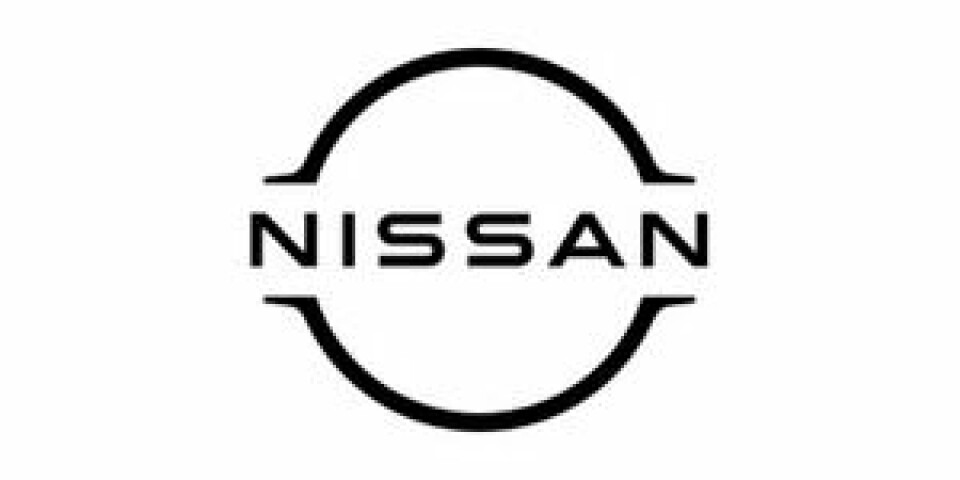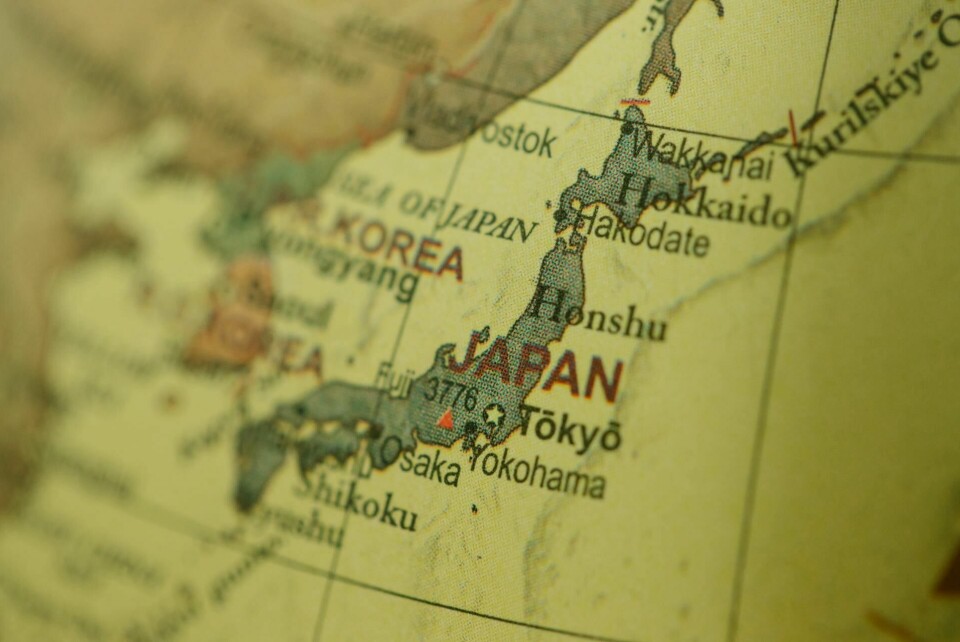Nissan considers migrating rogue production to Japan amid cost-cutting drive with decision expected to be taken this month
In a bid to slash costs and boost competitiveness, Nissan contemplates moving Rogue production to Japan, demanding steep parts price cuts (20%-30%) from suppliers
Nissan is considering relocating production of the next-generation Rogue from the US to Japan in an effort manage costs and maintain competitiveness. The OEM has issued a directive to its suppliers for substantial price reductions on parts for the upcoming Rogue model. Specifically, Nissan is seeking an average cost cut of 20%, with some suppliers facing demands for up to 30% reductions.

The aggressive cost-cutting measures were communicated during a meeting at Nissan North America’s headquarters in Franklin, Tennessee, highlighting the company’s focus on achieving a “significant reduction” in parts expenses for the fourth-generation Rogue, set to commence production in late 2026.
The OEM has asked its suppliers to provide quotations for reduced parts, failing which will likely render production migration imminent. The decision is expected to be made this month.
Nissan’s deliberations on transferring Rogue production to Japan stems from a comparative cost advantage, noting that manufacturing the vehicle in Japan is currently 20% cheaper than in the US, despite an already 18% reduction in internal manufacturing costs in the states.
The potential production migration is yet another examples of global supply chain dynamics being driven by the squeeze of cost pressures and the broader challenges facing the automotive industry
The company’s senior executives, including Nissan Americas Chairperson Jeremie Papin and Nissan North America manufacturing chief David Johnson, highlighted the importance of aligning US production costs more closely with those in Japan to maintain the current production location.

The Rogue, being Nissan’s top-selling model in the US and a significant contributor to the Smyrna, Tennessee, plant’s output, represents a crucial aspect of Nissan’s US market presence.
The potential production migration is yet another examples of global supply chain dynamics being driven by the squeeze of cost pressures and the broader challenges facing the automotive industry, including inflation, rising material, and labour costs.
Nissan’s cost pressures are further compounded by broader industry trends, including inflationary pressures and the transformational nature of automotive manufacturing, including the EV transition, as demonstrated by the decision not to produce the next version of the Leaf hatchback in the US.
These production decisions highlight the delicate balance OEMS find themselves navigating between cost management, competitive positioning, and the evolving regulatory and economic environment.


